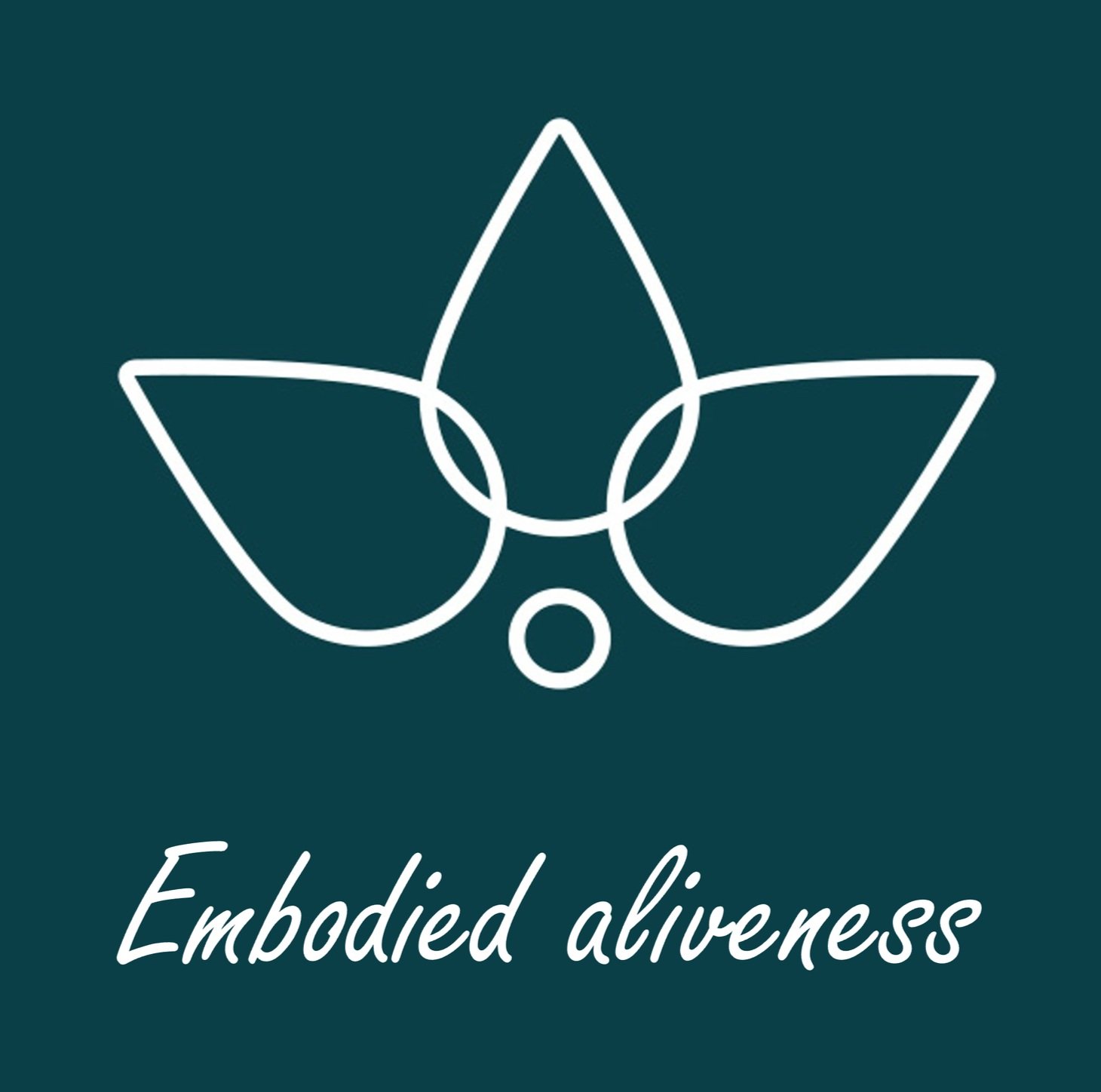How awareness of our felt sense can create lasting change
The process of changing limiting beliefs and habitual behaviours is being able to alter one’s internal feeling states, in other words the awareness of bodily sensations are critical in changing habitual behavioural patterns. In my sessions I invite the client to bring awareness to these sensations and feeling states by tracking them during a session, so that they can differentiate these emotional states from those situations and times when they were overwhelmed and flooded. To experience what is moving presently and not from the past, this is the essence of emotional self regulation and self acceptance.
The prefrontal cortex receives much of its feedback from the body, which in turn is the only area of the neocortex that can alter the limbic system and therefore emotionality. My work is about catching those intense emotions before they flood and engulf us, once we recognize these sensations and emotions we are able to slowly titrate and expand them to become more tolerant in our system and thus to everyday challenging situations, which brings the lasting change we desire. We might feel that a big emotional release can bring immediate catharsis, however, from my experience lasting change comes about by slowly doing so, by experiencing the visceral on a subtle level and then expanding from there.
What comes first the emotion or the affect? For centuries there has been many theories as how emotions occur, Descartes believed a top down approach, with his well known maxim; I think therefore I am. In the 19th century William James believed a bottom up approach, that emotions come from an internal physiological experience, with fear for instance he believed there was a visceral and muscular reaction first for the body to then generate the emotion of fear.
Towards the end of the 20th century Ben Libet and Daniel Wegner at Harvard University advanced James’s theory by stating that before a ‘voluntary’ movement is made there is an unconscious pre-movement, then an action takes place like moving the hand away from a hot object, then our bodies viscera, feelings and emotions come online all in a millisecond. With this understanding that an involuntary, unconscious movement within the body can take place, the notion of ‘free-will’ is thus questioned.
During a de armouring session I notice how certain emotions show up in the body’s posture, such as a sunken diaphragm can indicate abandonment, tension in the solar plexus can indicate protection and defending oneself, constricted breathing can indicate hypervigilance. Have a read of my blog post; ‘Where emotions are stored in the body.’
Emotions are fundamentally the body’s impulse as a call to action. If we resist emotions or disguise them with a different emotion, such as when feeling fear or shame we mask it with anger, the resistance of the core emotion can leave an imprint in the body with muscular tension and shallow breath, which over time is not good for our overall wellbeing. The maxim, that which we resist, persists is very apt.
Whatever emotion a person is feeling, reflects how they perceive their environment and how their environment perceives them. In my sessions I work with core pain emotions, such as negative belief patterns; ‘I am bad’, with fear, shame, guilt, anger and disgust, these emotions are usually created within our systems before the age of 7 when our needs were not met. I invite the client to be curious about how these emotions manifest, to lean into the discomfort from a place of loving presence.
From here I get to understand what is the main nervous system response which the client usually adopts, is it freeze, fawn, fight or flight? It could be a combination, but typically there’s one primary response. By identifying their nervous system response, I help the client to learn how to trust their feelings, create safety and to respond from an embodied place. This can be simply by doing different ‘touch on, touch off’ boundary exercises, or to ask the client to tell me to stop the session at any point. It gives the client more agency and the repetition helps the brain to re-wire old patterns and for it to also land in the body.
The goal of body de armouring is to bring the client back into homeostasis, to move away from the pain body for an advocation towards positive emotions and to expand our capacity and tolerance to life’s challenges. The starting point towards this full aliveness is the awareness of bodily sensations to self regulate our nervous systems.
If you feel you could benefit from a de armouring session, please get in touch here.
Resources:
How emotions are made, Lisa Feldman Barrett
The attitude theory of emotion, Nina Bull
In an unspoken voice, Peter Levine
